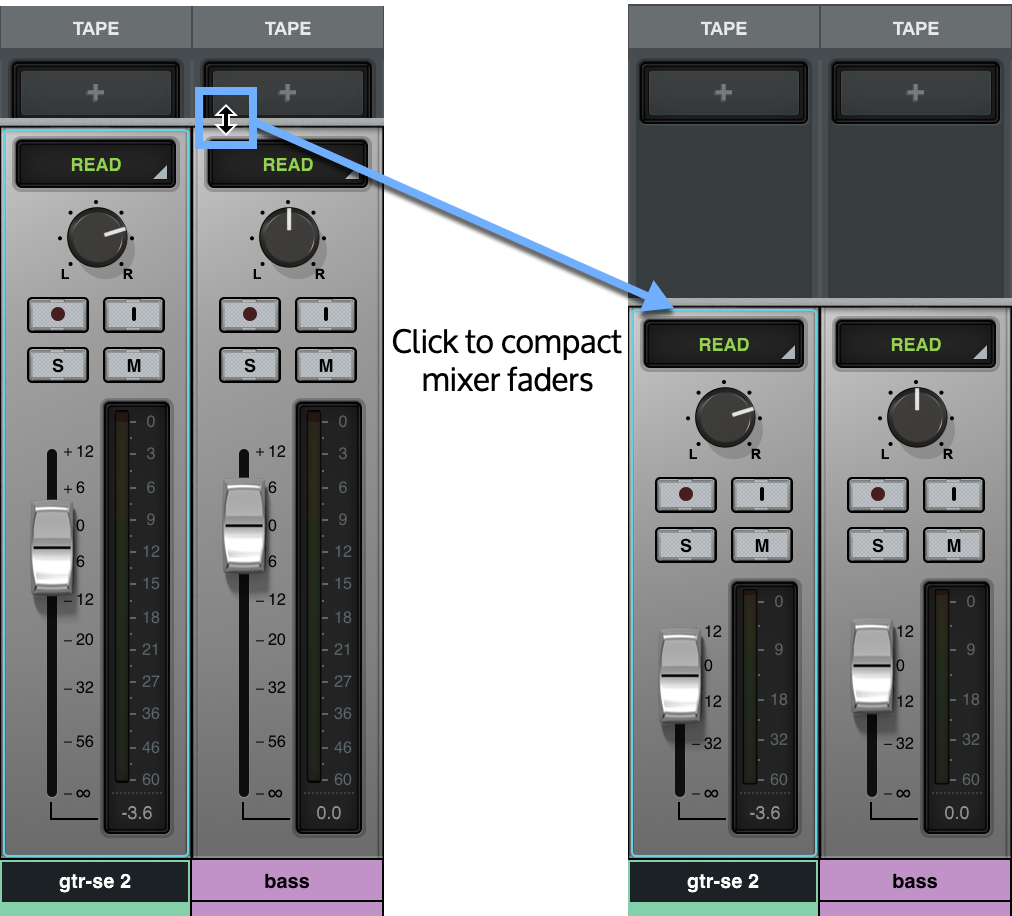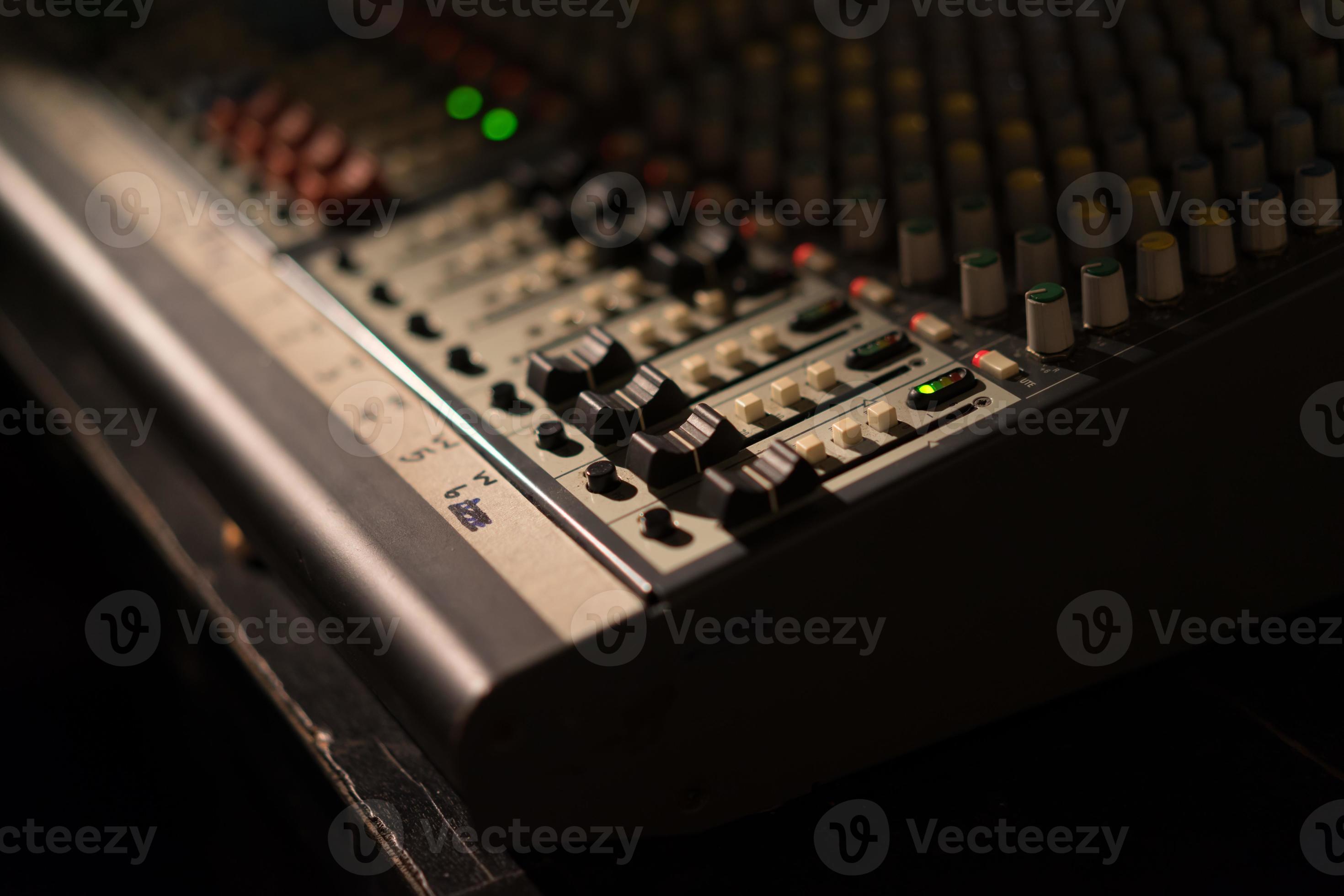
The level of each AUX output is controlled by the AUX master knob located in this section. The master fader controls the level of these outputs, usually found in the bottom right-hand corner of the mixer. To do this, you will have to connect the left and right output of the mixer to your main amplifier’s inputs. The first step in a basic setup is to connect the main outputs to the main speakers or PA system. It gives us primary control over each of our outputs: Master Fader, group faders, AUX master knobs, and matrix master knobs.


On the right part of the console, you’ll find the master sections. That set of controls repeats itself again and again for each input. Each vertical column of knobs, buttons, and faders represents an individual input channel. On the left portion of the console, you’ll find a bank of channel strips. It is where you connect input devices such as microphones and output devices such as speakers. One camp says 'get it right going in', which is generally step one to good results regardless - but that can also mean just get it as close as you can and as direct as possible (do minimum damage with modest gear and/or will you eq it once, then still have to do it again later in the mix?.Either on the top of the console’s rear panel, you’ll find the inputs and outputs. The point of D/O's and to an even greater degree, 'insert-out's besides extra output options, is less 'stuff' in signal path. Is it better to record from the Main out on the mixer and have the EQ sounding right as it goes to "tape", or skip the EQ going in and do it after the track is recorded? Or monitor back from your DAW/sound card?

While sending the track to the D/O for recording, you could listen to the mixer main out or headphone.

So how am I to hear the tone of what I'm recording to N-track? Do I have to record it first, and then listen to the playback to check the tone? If the insert is 'pre' like it often is, that would still be active even with mute on. If yours is the same, mute would kill the signal goin to both the mixer and the D/O. On a mackie 1604 (as an example) the mute is between the EQ and the fader, and the fader feeds the direct out.


 0 kommentar(er)
0 kommentar(er)
